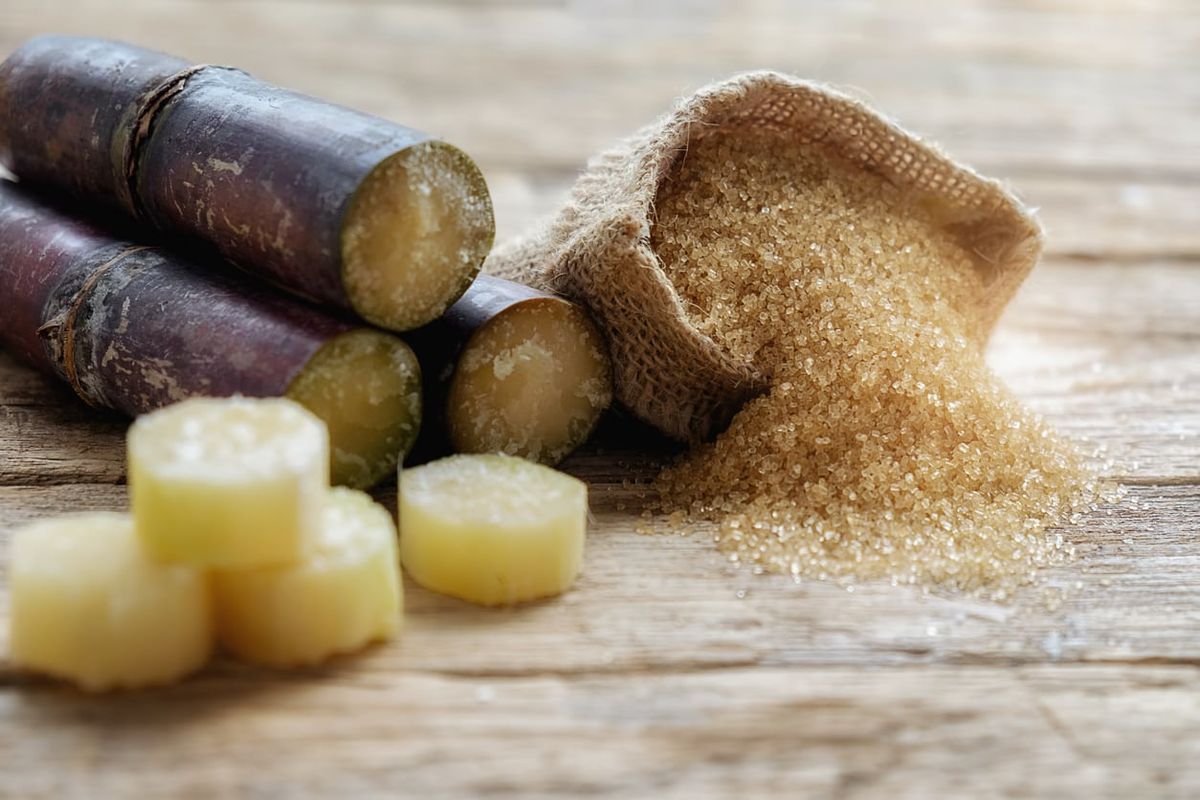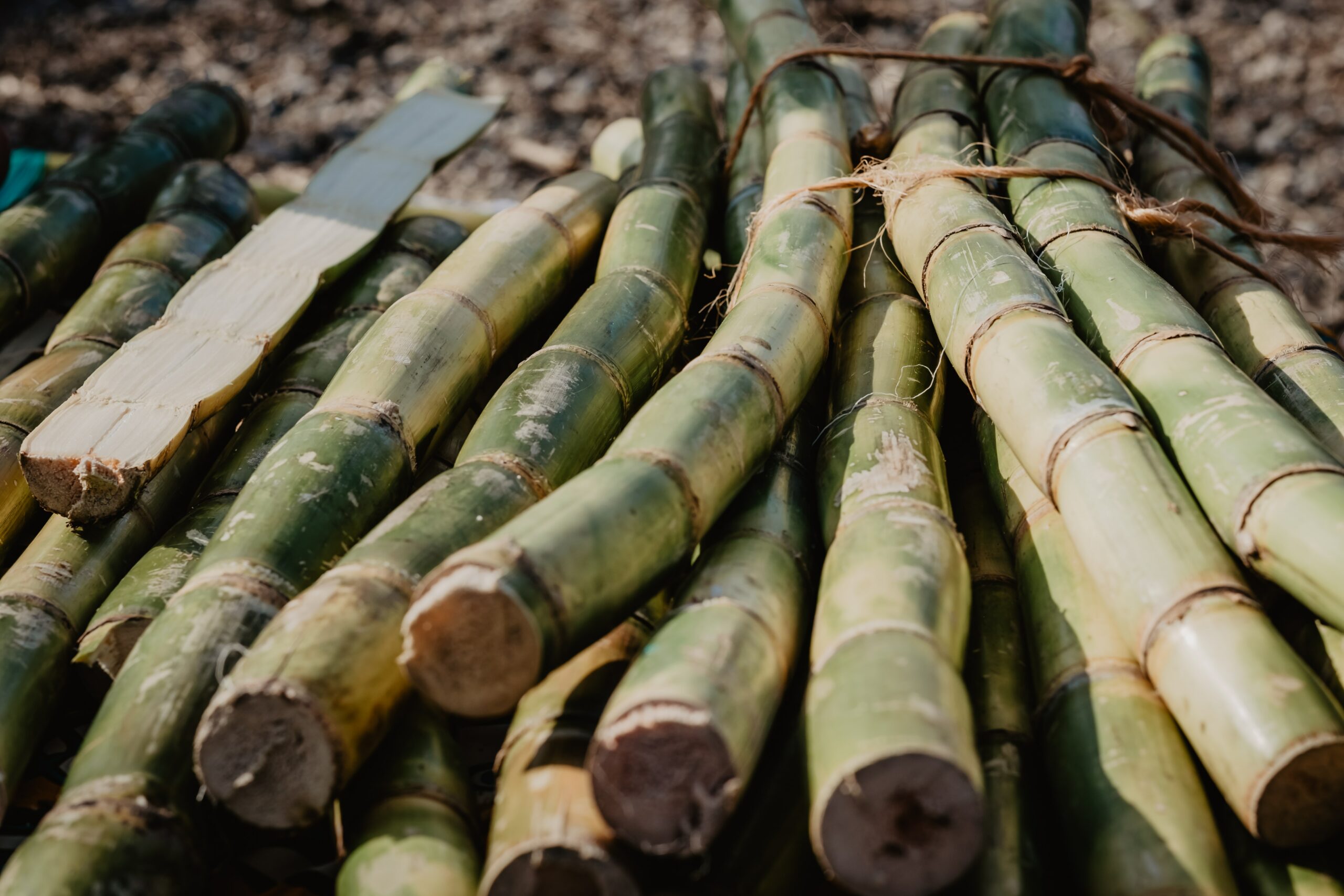Understanding How Sugar Canes Job: What Are Sugar Canes Utilized For in Food and Beyond?
Sugar walking canes are integral to various elements of both industrial and culinary practices. Their flexibility enables them to be transformed into sweeteners, drinks, and also biofuels. As one discovers the trip from growing to processing, the diverse applications of sugar walking canes disclose a complex interplay in between agriculture and market. However, the ramifications of sugar walking cane production prolong past mere utility, questioning concerning environmental sustainability and financial impact.
The History and Origin of Sugar Canes
Typically taken for given in modern-day diet plans, the background and beginning of sugar canes reveal an intricate journey that extends thousands of years. Belonging To Southeast Asia, sugar walking stick was first grown around 8000 BCE, with its wonderful juice coming to be extremely valued by early worlds. By the initial millennium AD, it infected India, where it was improved right into taken shape sugar, a noteworthy technology that changed its usage and trade. The introduction of sugar walking stick to the Mediterranean happened around the 7th century, thanks to Arab traders, who identified its economic potential.During the Age of Expedition, European colonists established sugar plantations in the Caribbean, substantially affecting global trade. By the 17th century, sugar came to be a standard commodity, fueling economic climates and influencing social structures. The tale of sugar walking canes is linked with farming, commerce, and cultural exchanges, noting its value fit contemporary financial systems and cooking methods.

Growing and Harvesting Practices
The farming and harvesting of sugar walking canes entail a number of vital methods that determine the high quality and yield of the crop - What Are Sugar Canes Used For. Crucial element include efficient dirt preparation strategies, specific planting methods, and effective collecting techniques. Recognizing these techniques is crucial for maximizing manufacturing and making certain sustainability in sugar walking stick farming
Soil Prep Work Strategies
Reliable dirt preparation methods are vital for successful sugar cane farming, as they lay the foundation for healthy and balanced development and suitable yield. The process starts with soil testing to examine nutrient levels and pH equilibrium, allowing for tailored changes. Raking and tilling are then utilized to aerate the soil and damage up compaction, enhancing root penetration. Including raw material, such as compost or well-rotted manure, improves soil fertility and framework. Additionally, appropriate drain systems are critical to stop waterlogging, which can impede cane advancement. Cover chopping may additionally be made use of to reduce weeds and boost soil health. These practices jointly guarantee that sugar cane has the very best setting to grow, causing robust plant health and boosted efficiency.
Planting and Development
Successful growing and development practices are necessary for making the most of the return of sugar walking stick. The process begins with choosing healthy and balanced seed canes, which are sections of mature stalks abundant in buds. These seed walking sticks are typically planted in well-prepared dirt, ideally at a deepness of 4 to 6 inches, making certain sufficient dampness and oygenation. Sugar cane flourishes in cozy environments with adequate sunlight and calls for consistent watering, especially throughout dry spells. Fertilization with potassium, nitrogen, and phosphorus is essential to promote durable growth. Weed control is additionally vital, as competitors can impede advancement. Regular surveillance of plant wellness and dirt conditions enables prompt interventions, ultimately bring about a successful plant that satisfies market demands.
Harvesting Approaches
Harvesting sugar walking cane needs cautious planning and implementation to ensure optimal return and high quality. Generally, the harvest occurs when the cane gets to optimal sugar content, usually between 12 to 18 months after planting. There are 2 primary approaches: handbook and mechanical harvesting. Manual harvesting includes workers utilizing machetes to reduce the stalks at ground degree, ensuring minimal damages to the plant and dirt. On the other hand, mechanical harvesting employs customized equipments that cut, chop, and deliver the cane, boosting performance and minimizing labor prices. Mechanical approaches can lead to higher soil compaction and loss of nutrients. No matter of the technique, prompt harvesting is essential, as delays can cause decreased sugar quality and boosted susceptibility to diseases and parasites.
Handling Techniques for Sugar Removal
The processing of sugar cane is an important phase in sugar manufacturing, incorporating several crucial methods - What Are Sugar Canes Used For. Collected walking cane goes through squashing and juicing to remove its wonderful liquid. This juice after that continues through filtration and formation, transforming it right into the sugar most commonly made use of today
Gathering Sugar Walking Cane
Sugar walking cane gathering marks a crucial stage in the manufacturing process, where timing and method play essential roles in making the most of yield. Usually, the harvest takes place when sugar material goes to its optimal, which differs based on climate and growth conditions. Employees use specific tools or handbook devices to cut the cane at the base, guaranteeing marginal damage to the plant. Correct technique is necessary; cutting too expensive can decrease the quality and quantity of the sugar extracted later on. After reducing, the walking stick must resource be moved promptly to processing facilities to stop wasting and sugar destruction. The effectiveness of the harvesting procedure substantially influences the overall productivity and productivity of sugar walking cane farming, making it a vital emphasis for manufacturers.
Juicing and squashing
As soon as sugar walking stick is collected, the following essential action includes juicing and squashing to draw out the sweet fluid which contains sucrose. This process normally utilizes heavy equipment developed to squash the stalks, breaking down the coarse framework and releasing the juice. Rollers or mills use significant pressure, enabling the cane juice to flow out while separating the fibrous deposit, called bagasse. When smashed, the walking cane is typically subjected to a collection of pressing stages to make best use of juice removal. The collected juice is abundant in sugar and may consist of pollutants, which will be dealt with in later processing steps. On the whole, squashing and juicing are crucial techniques that change gathered sugar cane right into a fluid kind suitable for more refinement.
Purification and Crystallization
Filtration and formation are critical procedures in changing raw walking stick juice into refined sugar. After drawing out juice from crushed sugar walking canes, the liquid contains impurities such as plant proteins, fibers, and minerals. To achieve purification, the juice goes through information, where warmth and lime are included to speed up impurities, which are after that eliminated. The clarified juice is then concentrated through dissipation to create a thick syrup.Next, crystallization happens, where sugar crystals form as the syrup cools. This process normally involves seeding the syrup with existing sugar crystals to promote consistent development. The resulting crystals are divided from the remaining molasses with centrifugation, producing pure sugar. This polished product is then dried out and packaged for different culinary usages.
Culinary Use Sugar Canes
While often linked primarily with sweeteners, sugar canes offer a flexible series of culinary applications beyond their function in sugar production. Fresh sugar walking cane can be juiced, generating a wonderful, invigorating beverage appreciated in numerous tropical regions. This juice acts as a base for smoothies and mixed drinks, including a special taste profile.Additionally, sugar walking cane syrup, originated from condensing the juice, is made use of as an all-natural sweetener in various meals, from marinates to treats. The syrup gives an abundant, caramel-like flavor, enhancing both savory and pleasant recipes.In some foods, sugar walking stick stalks are smoked or roasted, offering an unique smoky preference that matches meats and vegetables. Additionally, sugar walking cane can be integrated into desserts, such as puddings and candies, where its sweet taste and coarse texture produce delightful contrasts. Overall, sugar canes add to both traditional and cutting-edge cooking creations across varied societies.
Industrial Applications Beyond Food
Beyond their culinary uses, sugar canes play a considerable duty in various industrial applications, adding to industries such as bioenergy, paper manufacturing, and bioplastics. The coarse material of sugar walking cane is made use of in the production of biofuels, specifically ethanol, which functions as a renewable power resource that lowers dependancy on fossil fuels. In the paper industry, bagasse, the fibrous residue left after juice removal, is processed right into pulp for paper and cardboard production, advertising lasting methods by making use of waste. Furthermore, advancements in bioplastic modern technology have actually caused the growth of naturally degradable plastics stemmed from sugar walking stick, supplying a green option to standard petroleum-based plastics. These commercial applications not only enhance the value of sugar canes however likewise align with international motions towards sustainability and eco-friendly sources, highlighting their convenience beyond the kitchen area.

The Environmental Impact of Sugar Cane Manufacturing
The production of sugar walking cane, regardless of its numerous industrial advantages, positions substantial environmental obstacles. Logging is typically a repercussion, as large areas of land are cleared to grow sugar walking stick, causing environment loss and biodiversity decline. Additionally, the intensive farming practices related to sugar cane growing can cause dirt destruction and erosion. The hefty use of chemicals and plant foods to optimize yields adds to water pollution, negatively impacting water ecosystems.Moreover, sugar walking cane production is linked to boosted greenhouse gas exhausts, particularly through land-use adjustments and the burning of walking stick fields before harvest. These practices not just affect air high quality yet likewise add noticeably to climate adjustment. Furthermore, the water-intensive nature of sugar walking cane farming places tension on neighborhood water sources, impacting environments and areas reliant on these products. Attending to these ecological impacts is essential for sustainable sugar walking stick manufacturing in the future.
Frequently Asked Inquiries
Are There Wellness Perks Linked With Consuming Sugar Walking Cane?
The inquiry of health and wellness benefits associated with sugar walking stick intake highlights prospective benefits. Sugar walking cane might supply hydration, important minerals, and anti-oxidants, but small amounts is crucial due to its natural sugar web content and feasible health ramifications.
How Does Sugar Cane Compare to Various Other Sugar Nutritionally?

Sugar walking stick provides natural sweet taste, mostly comprising sucrose, while various other sweeteners vary in structure and caloric web content. Contrasted to artificial alternatives, sugar walking cane offers minerals and vitamins, though it continues go to this web-site to be high in calories check my reference and carbohydrates.
Can Sugar Walking Cane Be Grown in Non-Tropical Areas?
Sugar walking cane primarily flourishes in exotic climates, needing cozy temperatures and abundant rains. While some non-tropical areas attempt cultivation, success is limited because of poor heat and expanding periods, making large production challenging.
What Are the Typical Insects or Illness Impacting Sugar Canes?
Typical parasites affecting sugar walking canes include the sugarcane borer and aphids, while conditions like fallen leave scald and red rot pose substantial threats. Efficient management techniques are vital for preserving healthy and balanced sugar walking cane crops and optimizing yields.
How Does Sugar Walking Cane Influence Citizen Economies?
The effect of sugar walking cane on regional economies is considerable, supplying employment opportunities, increasing agricultural sectors, and adding to exports. Its cultivation improves and sustains neighborhood companies area growth with boosted income and framework improvements. Indigenous to Southeast Asia, sugar walking cane was first grown around 8000 BCE, with its wonderful juice becoming very valued by early people. The intro of sugar walking stick to the Mediterranean occurred around the 7th century, many thanks to Arab investors, who acknowledged its economic potential.During the Age of Exploration, European homesteaders established sugar ranches in the Caribbean, substantially influencing international trade. The processing of sugar cane is a crucial stage in sugar manufacturing, encompassing numerous essential methods. While frequently linked mostly with sweeteners, sugar walking sticks supply a functional array of culinary applications past their duty in sugar production. The hefty usage of chemicals and plant foods to optimize returns adds to water air pollution, adversely influencing marine ecosystems.Moreover, sugar walking cane production is connected to enhanced greenhouse gas exhausts, particularly with land-use adjustments and the burning of cane areas prior to harvest.